Hi I have a ECDF plot by seaborn which is the following.
I can obtain this by doing sns.ecdfplot(data=df2, x='time', hue='seg_oper', stat='count').
My dataframe is very simple:
In [174]: df2
Out[174]:
time seg_oper
265 18475 1->0:ADD['TX']
2342 78007 0->1:ADD['RX']
2399 78613 1->0:DELETE['TX']
2961 87097 0->1:ADD['RX']
2994 87210 0->1:ADD['RX']
... ... ...
330823 1002281 1->0:DELETE['TX']
331256 1003545 1->0:DELETE['TX']
331629 1004961 1->0:DELETE['TX']
332375 1006663 1->0:DELETE['TX']
333083 1008644 1->0:DELETE['TX']
[834 rows x 2 columns]
How can I substract series 0->1:ADD['RX'] from 1->0:DELETE['TX']?
I like seaborn because most of this data mangling is done inside the library, but in this case I need to substract these two series ...
Thanks.

